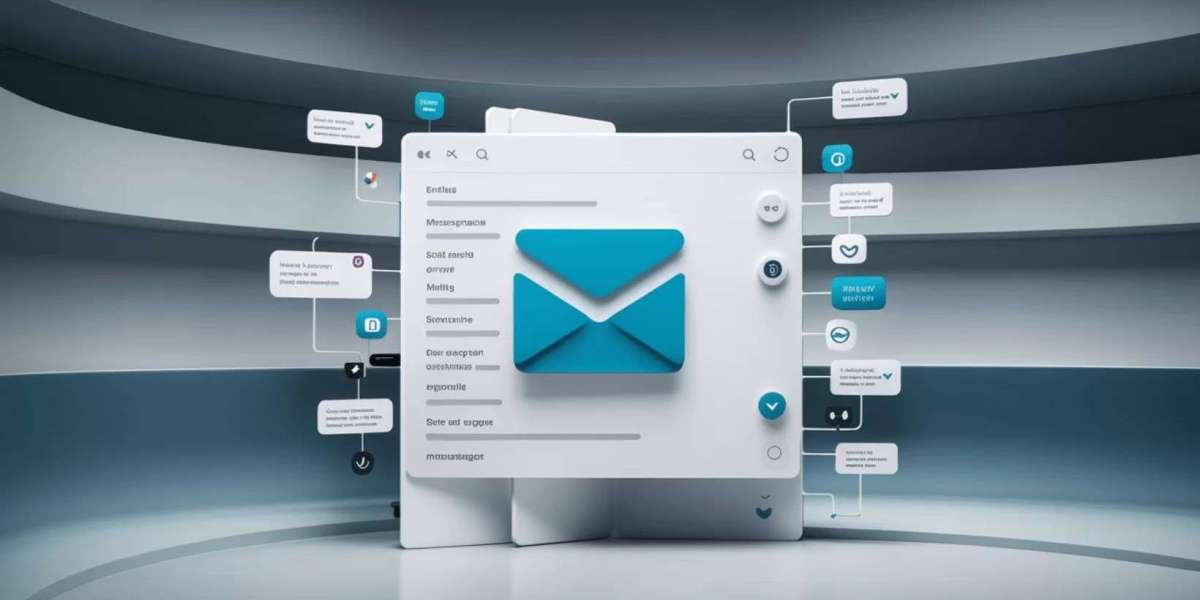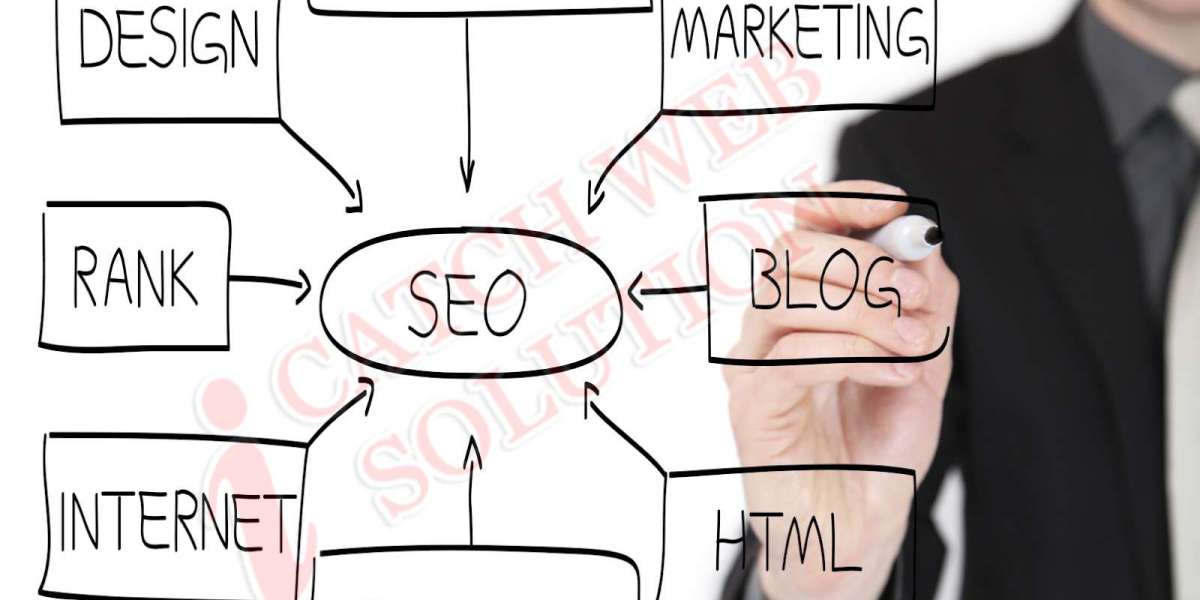Email management software is an essential part of modern business operations. It helps streamline communication, enhance productivity, and reduce clutter in your inbox. But integrating this software with your existing tools can take it to the next level. Whether you're working with customer relationship management (CRM) systems, project management tools, or marketing platforms, seamless integration can significantly enhance efficiency.
What is Email Management Software?
Email management software is designed to organize, prioritize, and manage emails more effectively. This type of software allows businesses to track and respond to emails faster, categorize them for easier searching, and automate repetitive tasks such as email filtering and tagging.
The Importance of Email Management for Businesses
In today’s fast-paced business environment, managing emails efficiently is crucial. With the average employee receiving hundreds of emails a week, a solid email management strategy helps reduce stress, improves response time, and ensures that important communications are not missed. Integrating email management with your other business tools is even more valuable.
Benefits of Integrating Email Management Software
Improved Efficiency
When email management software is integrated with other tools, it automates many tasks such as updating client records, setting up appointments, and tracking project progress. This reduces the time spent manually transferring data and helps employees focus on more critical tasks.
Centralized Communication
Integration allows all communication to flow through a single channel. For instance, by integrating your email with a CRM, you can log all emails and contacts in one place. This reduces the need to switch between platforms and provides an overview of your interactions.
Better Organization and Categorization
Integrated software can categorize and archive emails according to projects, clients, or campaigns. This helps keep your inbox uncluttered and ensures that important information is easily accessible when needed.
Commonly Used Email Management Tools
Popular Choices for Businesses
Gmail
Gmail is widely used across businesses due to its simplicity and ease of use. It supports a range of integrations with tools like Google Calendar, Drive, and third-party apps.
Outlook
Microsoft Outlook is favored by many businesses because it’s part of the Microsoft Office Suite. Its integration with tools like Teams, OneDrive, and SharePoint makes it highly versatile.
Zoho Mail
Zoho Mail is popular for its clean interface and strong security features. It integrates well with Zoho’s suite of business tools, including Zoho CRM and Zoho Projects.
Steps to Integrate Email Management Software
Step 1: Assess Your Needs
Before diving into the integration process, understand what your business needs. Do you need better customer relationship management, or is project tracking your primary goal? Identifying your needs will help you choose the right tools.
Step 2: Choose the Right Software
Once your needs are clear, pick the email management software that best fits your existing tools. Make sure the software supports integration with your current systems.
Step 3: Check for Compatibility
Compatibility is key. Ensure that your email management software can communicate effectively with your CRM, project management, or marketing tools.
Step 4: Setup and Configuration
After selecting compatible software, install and configure it according to your needs. This may involve customizing workflows, setting up triggers, and linking your email accounts.
Step 5: Test the Integration
Always test the integration to ensure that everything works smoothly. Check if data is syncing properly and if tasks are being automated as expected.

Integrating with CRM Tools
Why Email and CRM Should Work Together
A CRM helps you manage interactions with customers. By integrating your email management software with your CRM, you can ensure that all communications are recorded, making customer management much easier.
Popular CRM Software for Email Integration
Tools like Salesforce, Zoho CRM, and HubSpot are popular for integrating with email management software, allowing seamless logging of customer interactions.
Integrating with Project Management Tools
Streamlining Tasks with Email and Project Management Software
Project management tools like Asana or Trello can be integrated with your email, enabling you to turn emails into tasks directly. This helps streamline your workflow and ensures that nothing falls through the cracks.
Top Project Management Tools for Integration
Slack, Trello, and Monday.com are some popular choices for email and project management integration. These tools help you create tasks, assign team members, and track progress—all from your inbox.
Integrating with Marketing Tools
Email Marketing and Campaign Management
For businesses running email campaigns, integrating with marketing tools is essential. It allows you to create, manage, and track campaigns without leaving your email platform.
Marketing Software for Integration
Mailchimp, Constant Contact, and HubSpot are some of the leading marketing tools that easily integrate with email management software, making your campaigns more efficient.
Challenges in Integration and How to Overcome Them
Data Synchronization Issues
Data syncing between systems can be tricky. Ensure that your software is updated regularly to avoid compatibility issues and data lags.
Security Concerns
When integrating multiple platforms, always consider security. Ensure that your email and integrated tools comply with data privacy regulations such as GDPR.
Best Practices for Seamless Integration
Regular Software Updates
Always keep your software updated to ensure smooth operation. Software updates often include bug fixes and security patches that are crucial for seamless integration.
Training Employees
Provide adequate training to your staff so they can use the integrated systems effectively. The better they understand the tools, the more productive they’ll be.
Tools That Make Integration Easier
Zapier
Zapier is a popular automation tool that connects apps and automates workflows. It’s a great solution for integrating email management software with various platforms.
IFTTT
IFTTT (If This Then That) is another automation tool that can help integrate email with other apps, allowing for smoother communication between different tools.
Monitoring and Measuring Success After Integration
Tracking KPIs
After integration, track key performance indicators (KPIs) to measure success. For example, look at response time, customer satisfaction, or project completion rates.
Using Analytics for Continuous Improvement
Use analytics tools to gather insights on how the integration is improving your processes. Continuous monitoring and adjustments will help you get the most out of your tools.
Conclusion
Integrating email management software with your existing tools can transform how your business operates. From improving efficiency to centralizing communication, the benefits are endless. The process may seem daunting, but by taking it step by step, you can ensure a smooth and successful integration.
FAQs
What tools can I integrate with email management software?
- CRM, project management, and marketing tools are commonly integrated with email management software.
Why should I integrate email management with CRM?
- It helps in organizing customer communications, ensuring all interactions are tracked and managed efficiently.
How can I resolve data synchronization issues during integration?
- Regular software updates and testing can help resolve most synchronization issues.
What are the best tools for integrating project management with email?
- Trello, Asana, and Monday.com are popular project management tools that integrate seamlessly with email platforms.
Is it secure to integrate multiple tools with my email system?
- Yes, as long as you follow best practices, such as using strong passwords, enabling two-factor authentication, and ensuring compliance with data privacy regulations.



